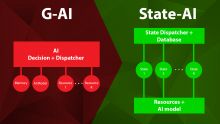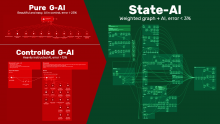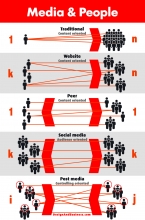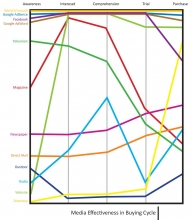For years, the road to AI (let’s call them Generation 1 and 2) ran mainly through universities. But with the internet boom, the third generation of AI became accessible to everyone. Suddenly, knowledge was no longer locked behind academic walls.
Today, we see a flood of tutorials on YouTube and online learning platforms offering “AI in a few hours” — sometimes even “AI in minutes with no code.” But is that really possible?





